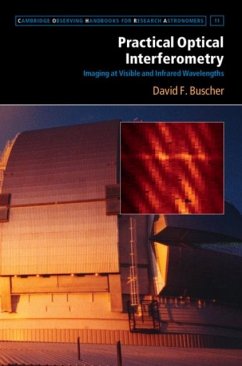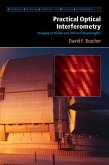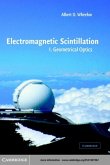Optical interferometry is a powerful technique to make images on angular scales hundreds of times smaller than is possible with the largest telescopes. This concise guide provides an introduction to the technique for graduate students and researchers who want to make interferometric observations and acts as a reference for technologists building new instruments. Starting from the principles of interference, the author covers the core concepts of interferometry, showing how the effects of the Earth's atmosphere can be overcome using closure phase, and the complete process of making an observation, from planning to image reconstruction. This rigorous approach emphasizes the use of rules-of-thumb for important parameters such as the signal-to-noise ratios, requirements for sampling the Fourier plane and predicting image quality. The handbook is supported by web resources, including the Python source code used to make many of the graphs, as well as an interferometry simulation framework, available at www.cambridge.org/9781107042179.
Dieser Download kann aus rechtlichen Gründen nur mit Rechnungsadresse in A, B, BG, CY, CZ, D, DK, EW, E, FIN, F, GR, HR, H, IRL, I, LT, L, LR, M, NL, PL, P, R, S, SLO, SK ausgeliefert werden.









